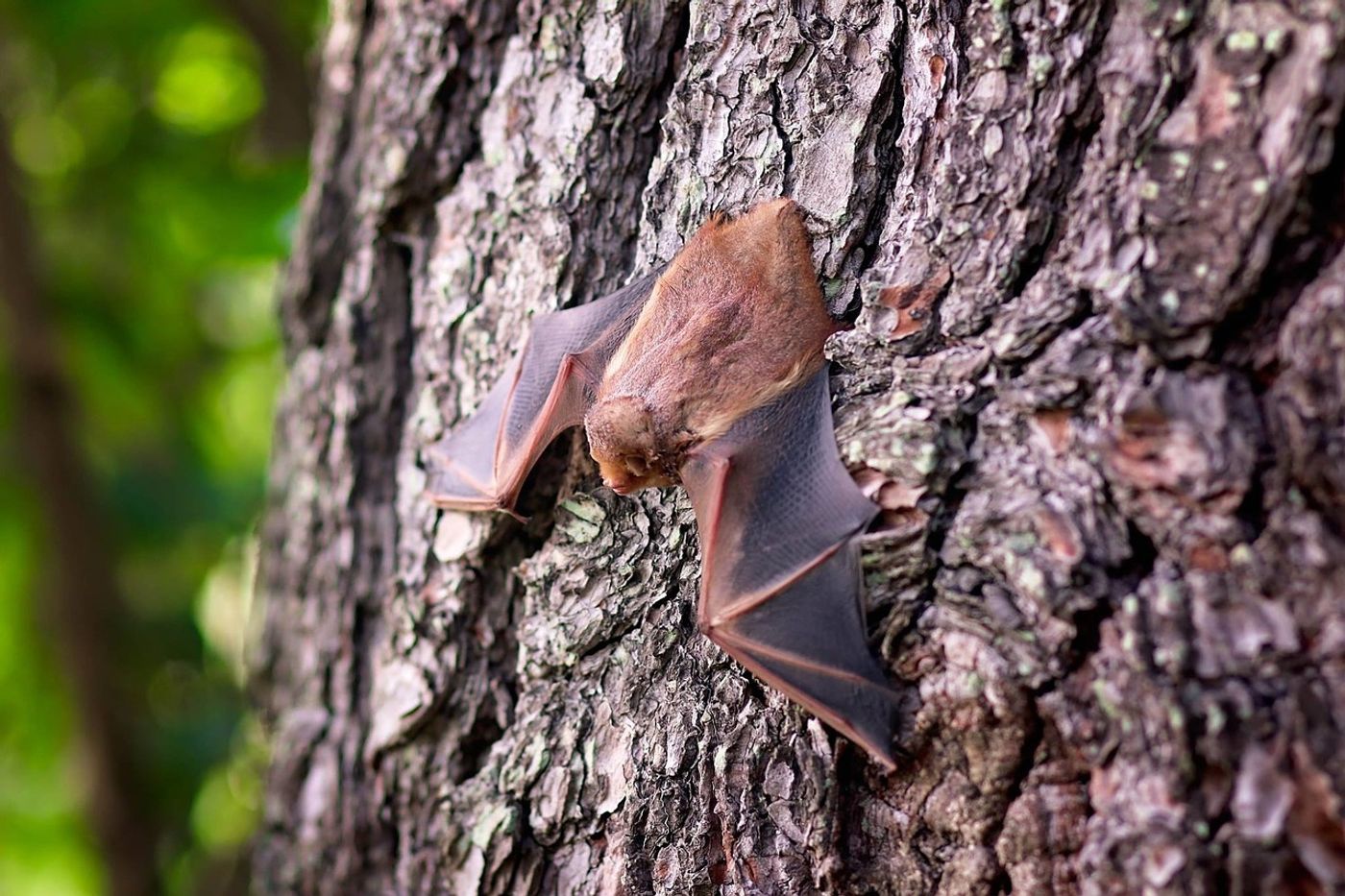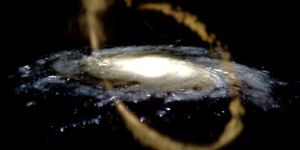Species of Vampire Bat Found Feasting on Human Blood for First Time
A species of vampire bat in Brazil, better known as the hairy-legged vampire bat, has been found feasting on a very unlikely food source: humans.
Image Credit: Cparks/Pixabay
While the creatures are known to feast on birds, new evidence suggests that they’re also starting to feast on human blood, a previously-unheard of event. The evidence comes from 70 different feces samples from the creatures, which revealed what they had been eating.
Not only was this behavior never observed before, but many experts didn’t even think it was possible, as it was thought they preyed on birds specifically because of their composition and nutritional offering.
Mammalian blood is very high in protein levels, while avian blood is very high in fat levels. These major differences mean the different blood types have different effects on the predator’s body.
Among the three currently-known different species of vampire bats in the Americas, the common vampire bat was once the only one known to feast on mammalian blood, so the evidence that even the hairy-legged vampire bat is doing the same really changes what we know about the species and its preferred food sources.
“Mammal and bird blood differ in their composition, mainly in terms of nutrient composition. Bird blood, for example, has higher amount of water and fat, whereas mammal blood is rich in dry matter, mainly proteins,” study co-author Enrico Bernard and his team write in the journal Acta Chiropterologica.
“Studies on the feeding physiology of the common vampire bat D. rotundus showed that this species has physiological characteristics that allow higher efficiency in protein processing. On the other hand, species with a preference for bird blood, such as D. youngi and D. ecaudata, have higher ability to process and use large amounts of fat found in the blood of their prey.”
Some studies have shown that, when given the choice to consume mammalian blood or starve, bats used to feasting on avian blood would choose to starve to death. This goes to show just how incompatible the differing blood is with bats, so these hairy-legged vampire bats must have adapted very quickly.
Why have they adapted? The theories are all still very much in the air, but perhaps a shortage on avian prey could be to blame. Deforestation and hunting in the region could be wiping out their main food source, leaving them with no other option but to go after alternative sources of food to live on.
One thing’s for sure, this isn’t a good thing because now humans and other mammals alike have to be on the lookout to ensure they’re not the prey of blood-hungry bats.
Source: New Scientist









